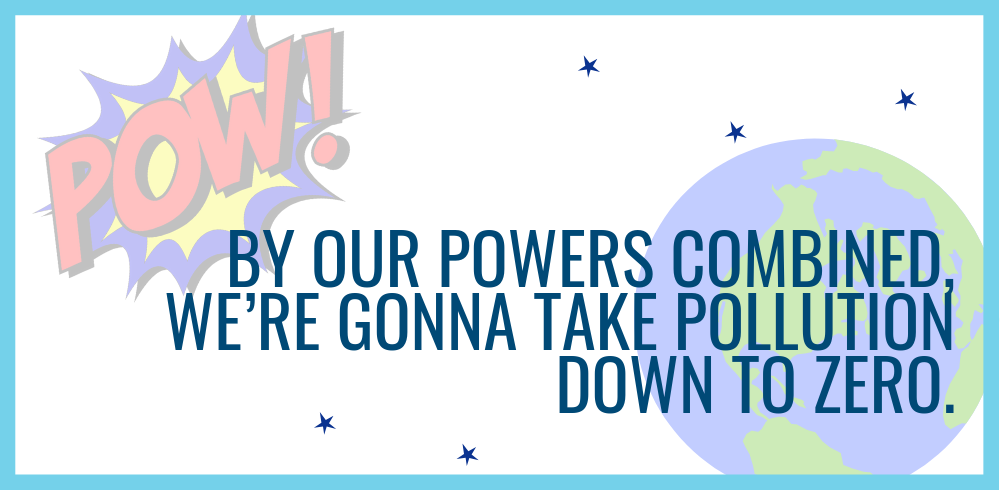Earlier this month, Virginia became the first state to hammer out a draft of how we’ll meet our Bay Cleanup goals by 2025. It’s called the Phase III Watershed Implementation Plan, a.k.a. the WIP, and it’s peppered with strategies to reduce pollution and restore clean water to the Chesapeake Bay and its tributaries, like the James River.
Before we dive in to what it says, let’s start with the origin story.
The first multi-state agreement to clean up the Chesapeake Bay dates back to 1983. But by 2008, after three more agreements, we faced a stark truth: we were decades away from our goal. Recognizing that the Chesapeake Bay was a national gem that needed federal support, President Obama signed an executive order directing agencies like the EPA to help the Bay states restore clean water.
Alter Egos: Just a few of the WIP’s not-so-secret identities:
- Watershed Implementation Plan
- Phase III WIP
- Blueprint
- Bay Restoration Plan
- Cleanup Plan
EPA got to work developing a pollution diet, calculating the amount of nitrogen, phosphorus, and sediment the Bay could handle and still be healthy. We call that diet the “Bay Total Maximum Daily Load” or Bay TMDL. To get the Bay back to fighting weight, we need to smash 25% of our nitrogen loads, 24% of the phosphorus and 20% of the sediment.
While the Bay TMDL sets the target, it’s still up to the states to decide how to get there. Each state writes a series of Watershed Implementation Plans, with the tools and best management practices that will reduce its pollution load to meet the Bay TMDL diet. Over the past 10 years, the overall health of the James River has improved 10 points to a B-, a sign that restoration efforts are working. The more we invest in water quality, the more benefits the river can offer communities through clean drinking water, recreation, and quality of life.
Virginia’s Phase III WIP picks up where the previous two plans left off, building on our progress, learning from our mistakes, and charting a course for the last five years of the Chesapeake Bay Cleanup. It’s ambitious, calling for renewed efforts by every sector — agriculture, wastewater, and urban stormwater — to help close the gap between where we are and where we need to be by 2025. We’ll look at what the WIP envisions for each of those sectors in the coming weeks.
As guardians of the James, we want a WIP that delivers for the health of the Bay, our river, and our watershed communities. The strength of this plan can make or break our efforts to secure clean water for future generations of river lovers. And we’re going to need your help now more than ever to defend it.

